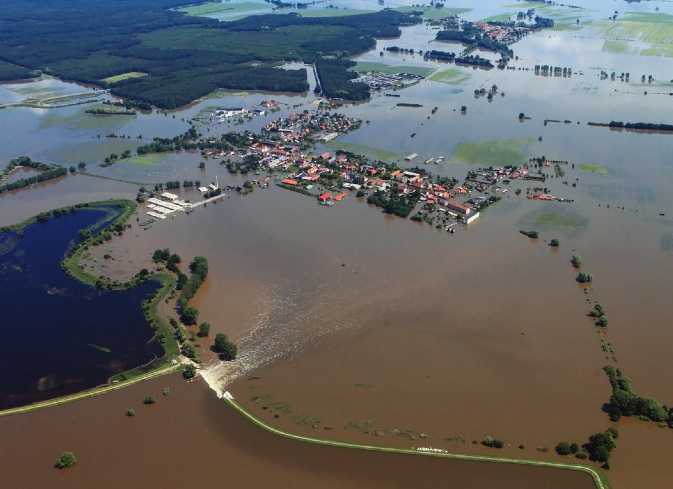Extreme weather events have become more common in Europe over the last 30 years, 60% more common, according to the European Academies Science Advisory Council (EASAC).
The number of floods, droughts and storms that have affected Europe since the early 1980s has increased significantly, says a new report.
It is vital that Europe prepares for the likelihood of future extreme weather events.
As storms, floods and heat waves do not respect national borders, action needs to be taken at both national and EU levels.
The Intergovernmental Panel on Climate Change (IPCC) has warned that extreme weather events will continue to occur more frequently globally.
Economic and social consequences of extreme weather events
If European policy makers do not take the latest estimates of future storms, floods and droughts seriously, EASAC warns of “grave economic and social consequences”.
The costs in damage of severe weather events across the European continent over the last three decades have risen by 60%, and will continue to increase.
Flooding caused by a breached dam in Saxony-Anhalt Germany. (Source: EASAC)
EASAC President Sir Brian Heap, said:
“Given the tragic events this year in the rest of the world and the recent IPCC report, EASAC feels obliged to draw attention to the growing impact of extreme weather in Europe. EASAC report follows a highly detailed assessment by a group of Europe’s leading experts on climate (headed up by the Norwegian Academy of Science and Letters and the Norwegian Meteorological Institute) of historic and likely future changes in extreme weather over Europe.”
”From the major loss of lives in heat waves to the economic and human costs of floods and storms, the implications are worrying. They present the European Union and its Member States with significant challenges in preparing Europe for a future with greater frequency of extreme weather. In planning to adapt to such a future, it is critical to use the latest scientific knowledge on how different types of extreme events are expected to develop.”
This depends not only on the type of event but also where in Europe is being considered since the EU’s 28 countries and over 500 million population live in very different climate zones, from the Mediterranean sub-tropical to the Arctic.”
The EU needs to take action
The European Union needs to act on 5 areas immediately, the EASAC report advises:
- Heat waves – further studies are urgently needed to find ways of reducing the death and health toll.
- Flood defenses and early warning – all EU member states need to set up good practice in flood preparedness. In several European coastal areas the risk from storm surges will worsen as the sea level continues to rise.
- Floods and droughts – have had damaging effects on agriculture. National, regional and EU-wide strategies need to be established to address this problem.
- Climate research – despite extensive research, there are still many areas of uncertainty regarding climate trends and probabilities of future events. Climate research needs to be encouraged and strengthened throughout the EU.
- Adaptation plans – EU Member States must develop and share data on National Climate Change Adaptation Plans.
Sir Brian said:
“Looking at the science, global climate model outputs have proved of immense value in providing the basis for understanding climate and its future. However, there is an urgent need to improve regional climate models to reduce uncertainties and improve projections, for example extreme precipitations or hail storms and other local climatic phenomena such as tornadoes remain imperfectly understood.
The EU has a critical role in strengthening European climate-research communities and building networks across borders and disciplines to provide the data required for informed future policy-making.”

